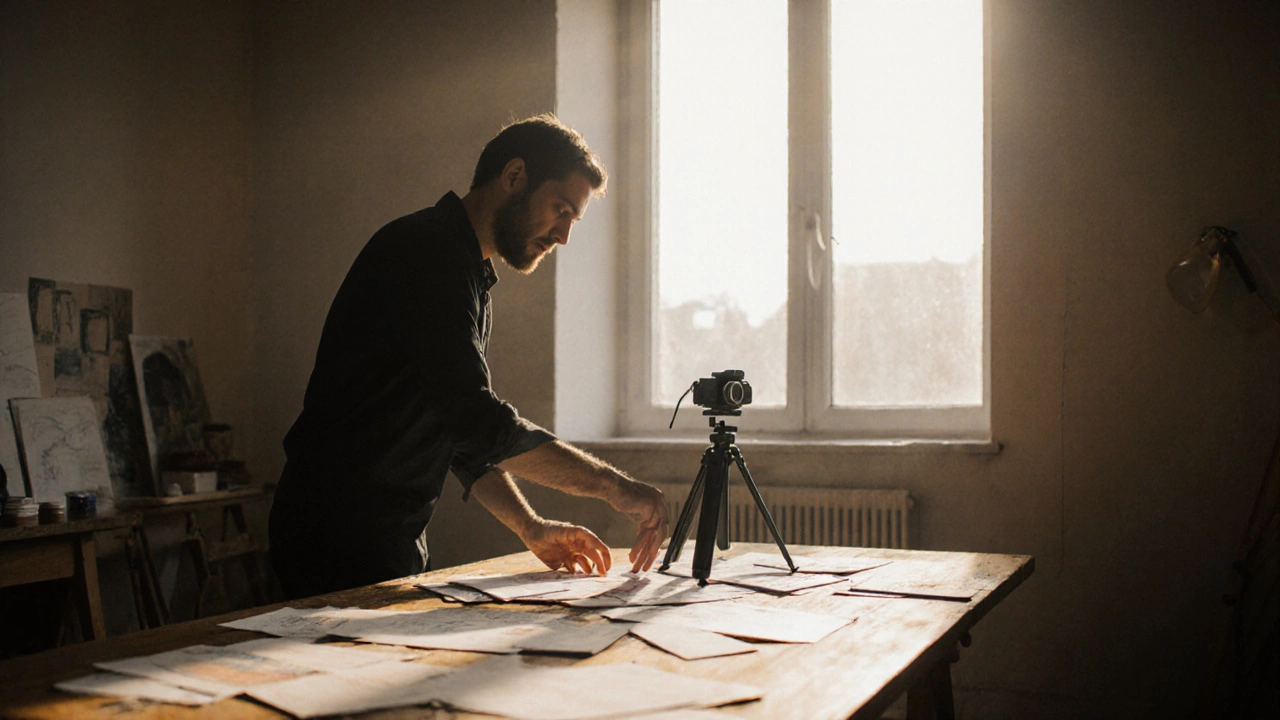Fine Art vs Commercial Photography
When exploring Fine Art vs Commercial Photography, the debate centers on artistic intent versus market purpose. Also known as artistic vs business photography, it frames two distinct ways photographers approach their craft. The first side—Fine Art Photography, images created primarily for aesthetic expression and gallery display—focuses on personal vision, composition, and often limited edition prints. The second side—Commercial Photography, work driven by client briefs, advertising goals, and sales targets—prioritizes clarity, brand alignment, and reproducibility. These two poles intersect in areas like Conceptual Photography, projects that fuse idea-driven art with client narratives, showing that the line isn’t always hard‑drawn.
Understanding the Core Distinctions
The first semantic triple: Fine Art vs Commercial Photography encompasses both artistic intent and market demand. The second: Fine Art Photography requires creative autonomy and often uses techniques like extended exposure, fine‑art paper, and limited editions. The third: Commercial Photography demands clear communication, fast turnaround, and tools such as studio lighting rigs, stock image libraries, and brand style guides. Related entities like Advertising Photography, images built for campaigns and product promotion and Stock Photography, ready‑made images sold through licensing platforms fall squarely under the commercial umbrella. Meanwhile, movements such as Pictorialism, early 20th‑century fine‑art photography emphasizing soft focus and atmosphere illustrate the historical roots of fine‑art practice.
Pricing strategies also differ. A fine‑art photographer might charge based on edition size, paper quality, and the artist’s reputation, while a commercial photographer often bills per hour, per image, or through a usage‑rights license. This contrast affects workflow: fine‑art shoots allow for experimental lighting setups, long conceptual development, and post‑processing as an integral part of the artwork. Commercial shoots, on the other hand, prioritize efficiency, consistency, and meeting a brief—think portrait photography for corporate headshots or editorial photography for magazine spreads. Both worlds, however, share common technical foundations: mastering exposure, composition, and digital workflow. Understanding where you sit on the spectrum helps you choose gear, set rates, and market your services more effectively.
Below you’ll find a carefully curated collection of articles that dive deeper into each side of the debate—from pricing guides and lighting tricks to trend reports on what sells best on platforms like Etsy. Whether you’re an emerging artist curious about gallery routes or a freelancer eyeing high‑value commercial contracts, the posts ahead will give you actionable insights to navigate fine art vs commercial photography with confidence.
